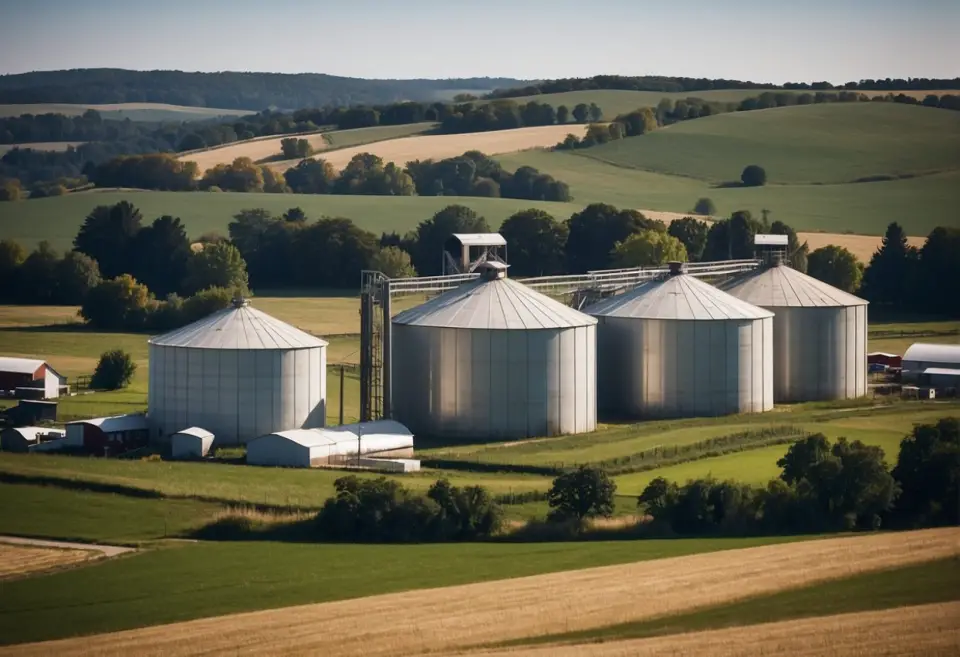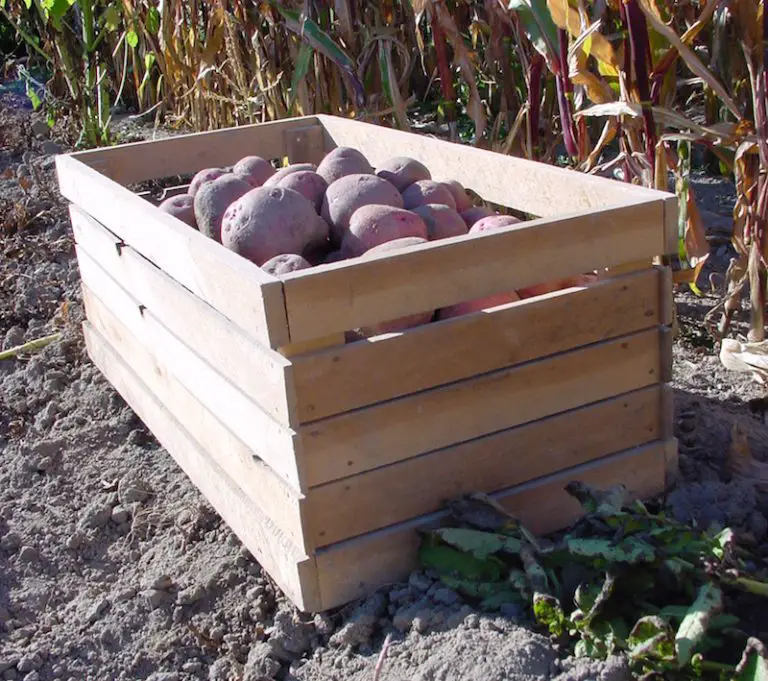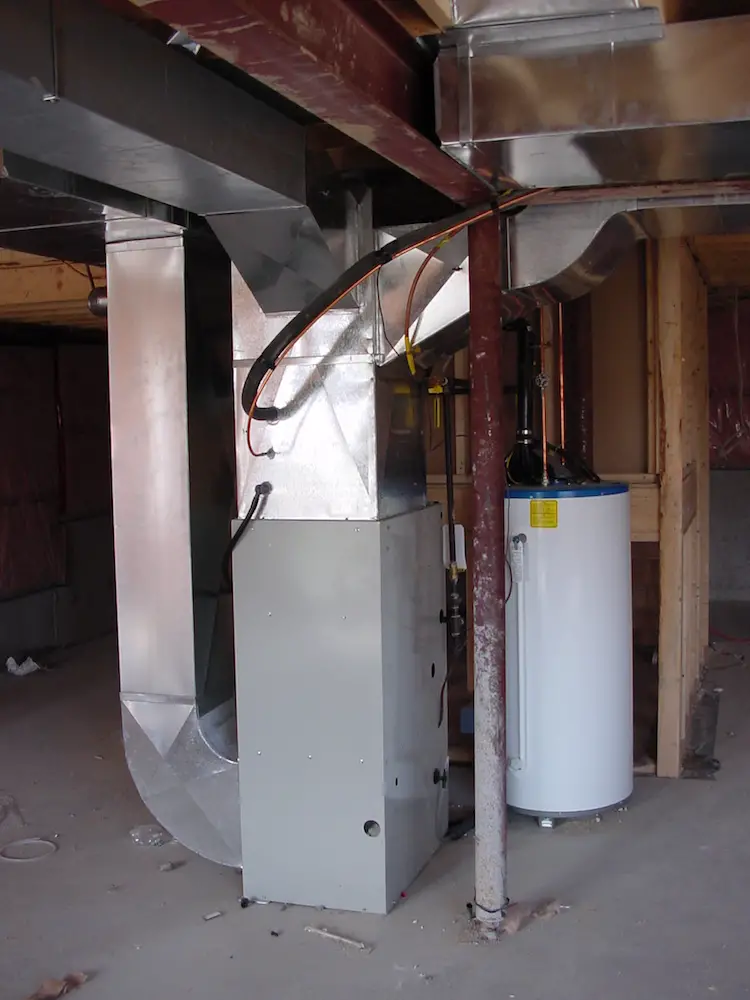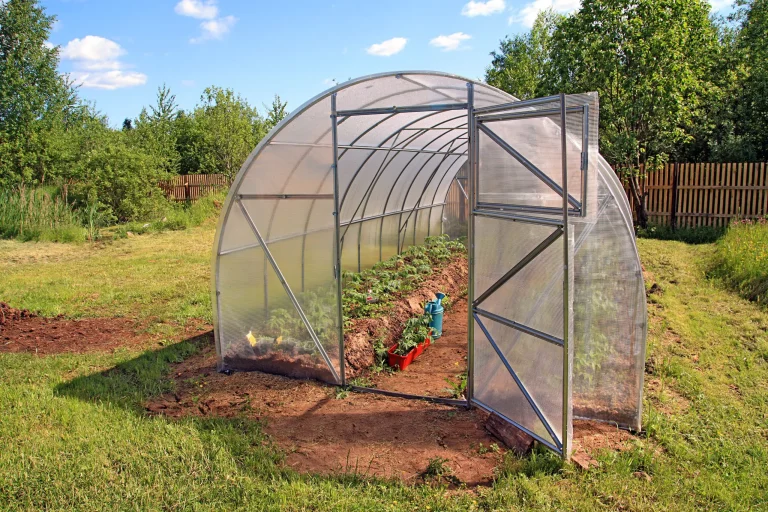
Metal buildings have taken a prominent role in the agricultural landscape, serving a multitude of purposes from equipment storage to livestock housing. Their incorporation into agricultural practices reflects a shift toward more durable, cost-effective, and versatile structures. The physical properties of metal buildings, including their resilience and sustainability, make them a compelling choice for modern farming operations.
Advances in the design and construction of metal buildings have directly addressed the unique challenges faced by the agricultural sector. The rapid deployment and customization possibilities of these structures allow for quick adaptation to changing demands, including storage needs and environmental considerations. With statistics pointing to a significant rise in the global market size for such constructions, it is clear that metal buildings are becoming increasingly favored by the farming community.
The benefits of using metal buildings in agriculture are supported by quantitative data that highlights their longevity, low maintenance requirements, and fire resistance. These advantages contribute to a reduction in long-term operational costs, making metal buildings a practical and efficient solution for farmers aiming to optimize their resources and production capabilities.
Prevalence of Metal Buildings in Modern Agriculture
Metal buildings have become a staple in modern agriculture due to their durability and adaptability. They cater to various farming needs, evidencing considerable growth as the industry evolves. Here are some regional usage stats:
North America: The adoption of metal buildings in agriculture is significant in this area, with many farms and ranches opting for steel structures for their longevity and resistance to weather.
Asia-Pacific: The Asia-Pacific region shows a rapid increase in the use of metal buildings, partly due to a booming vertical farming market, which is projected to reach $12.77 billion by 2026.
Europe: Europe’s agricultural sector utilizes metal buildings for energy-efficient and sustainable farming practices, focusing on their ease of insulation and recyclability.
Types of Agricultural Metal Buildings
- Storage and warehouses: Metal buildings serve as primary storage solutions for grain, equipment, and machinery, providing protection from the elements and pests.
- Livestock housing: Structures for housing livestock are designed for durability and ease of maintenance, prominent in both large-scale and family-owned farms.
- Specialized Facilities: With the advancement in farming techniques, specialized metal buildings such as vertical farms and controlled environment agriculture facilities are on the rise.
Each type of metal building is customized to suit the specific requirements of different agricultural activities, contributing to the sector’s overall efficiency and productivity.
Advantages of Using Metal Buildings in Agriculture
Metal buildings in agriculture provide clear benefits in terms of durability, cost savings, and environmental considerations.
Durability and Longevity: Metal buildings are renowned for their superior strength and resilience. They stand up well against extreme weather conditions, from heavy snow to strong winds, making them especially suitable for agricultural purposes where reliability is crucial. For instance, General Steel offers personalized steel building systems that are touted for their robustness, contributing to the reduced need for repairs and maintenance over time.
Cost-Effectiveness: The initial investment in a metal agricultural building can be offset by the structure’s longevity and minimal maintenance requirements. In comparison to traditional materials, metal buildings often come with prefabricated parts, which can result in quicker assembly and labor savings. The flexibility of these structures allows for easy expansion, further enhancing their cost-effectiveness for agricultural businesses.
Sustainability and Environmental Impact: Finally, metal buildings score high on sustainability due to their eco-friendly features. The material’s recyclability means metal structures can be repurposed at the end of their lifespan, reducing waste. Furthermore, the efficiency of construction and the potential for energy savings contribute to a smaller carbon footprint. As highlighted in an article by Worldwide Steel Buildings, metal buildings for agricultural use are not only durable and cost-effective but also offer significant environmental benefits.
Design and Customization of Agricultural Metal Buildings
The agricultural industry benefits significantly from the inherent versatility of metal buildings. This section delves into the architectural norms and flexibility offered for site-specific agricultural applications.
Standard Architectural Features: Metal buildings in the agricultural sector typically incorporate certain standard architectural features that optimize their functionality. Column spacing, roof slope, and eaves height are carefully considered to provide maximum space utilization and operational efficiency.
- Column Spacing: Ample space between columns enhances maneuverability for large machinery.
- Roof Slope: Effective for water drainage, a proper slope ensures durability in various weather conditions.
- Eave Height: Tailored to accommodate equipment height, eave height is essential for entry and storage.
Pre-engineered metal farm buildings often utilize these standards to streamline the manufacturing process, thereby reducing costs while ensuring structural integrity.
Customization for Specific Agricultural Needs
Custom features are frequently integrated into metal buildings to meet the unique needs of different agricultural operations.
- Large Openings: Complemented with various door options for equipment access.
- Clear Span Capabilities: Allows for vast, unobstructed interior spaces, vital for storage and movement.
- Insulation Options: Regulates interior climate to protect livestock and stored commodities from extreme temperatures.
Agricultural metal buildings can also be adapted for specific functions, such as crop storage, livestock shelter, and equipment housing. The flexibility of design with metal structures supports custom fit solutions that are not only cost-effective but also sustainable, aligning with the principles of agricultural building sustainability.
Future Outlook and Trends in Agricultural Metal Buildings
The agricultural sector is increasingly adopting metal buildings due to their durability and versatility. Predictions indicate that this trend will continue, with market research suggesting a significant growth in the vertical farming market, with metal structures playing a key role.
- Sustainability: Metal buildings in agriculture are being recognized for their eco-friendly attributes. The materials are recyclable, which contributes positively to sustainability trends.
- Innovations: There is a shift towards high-tech metal buildings equipped with controlled environments for enhanced farming practices.
- Versatility: The adaptable nature of metal buildings allows for a variety of uses, from storage to livestock housing. With agricultural needs diversifying, the demand for flexible solutions is imperative.
The construction industry is responding with designs that cater to sophisticated agricultural equipment, including features like wider doors and reinforced structures.
| Trend | Impact on Agriculture |
| Modular designs | Empower farmers to expand as necessary |
| Durability | Provide long-term investment returns |
| Technology integration | Facilitate precision agriculture |
Adaptability is key, with steel buildings enabling on-demand modifications for agricultural operations. Their structural strength ensures longevity, a critical factor in farm investment decisions.
The trajectory for agricultural metal buildings shows a clear path of innovation and growth. These structures are set to become more integrated with cutting-edge farming techniques, reaffirming their position as a mainstay in modern agriculture.












